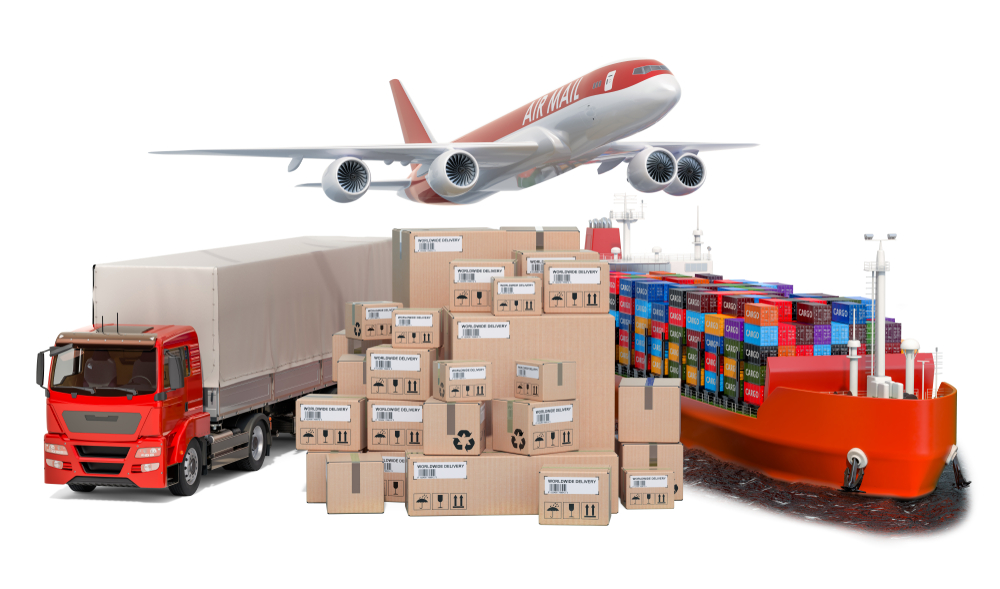Australia is a leading exporter known for its high-quality products, reliable supply chains, and strong regulatory standards. From agricultural goods and minerals to advanced manufacturing and services, Australian businesses have built a reputation for excellence across global markets. However, successfully exporting products requires careful planning, compliance with regulations, and a solid understanding of logistics. Whether you are a small business preparing your first shipment or an established company looking to expand into new regions, this guide will help you navigate the process with confidence.
Understanding Australia Exports
Australia Exports encompass a diverse range of industries, including mining, agriculture, education, and technology. According to the Australian Bureau of Statistics, the country’s major exports include iron ore, coal, natural gas, beef, wheat, and services such as education and tourism. Free trade agreements with countries throughout Asia, Europe, and the Americas have created new opportunities and reduced barriers for exporters. Companies that understand how to leverage these agreements, comply with international regulations, and build strong relationships with overseas buyers can gain a significant competitive advantage.
Research Your Target Market
The first step in any successful export strategy is market research. Before shipping a product overseas, it is critical to:
- Assess demand: Determine whether there is a genuine need for your product in the target market.
- Evaluate competition: Research local and international competitors already supplying similar products.
- Understand regulations: Learn about import requirements, tariffs, labeling standards, and any restrictions specific to your goods.
- Identify cultural considerations: Packaging, marketing messages, and branding may need to be adapted to suit local preferences.
Thorough research will help you refine your pricing strategy, choose the right distribution channels, and avoid costly missteps.
Prepare Export Documentation
Exporting products involves significant paperwork to satisfy both Australian authorities and destination country requirements. Common documents include:
- Commercial invoices
- Packing lists
- Certificates of origin
- Export declarations
- Permits or licenses for restricted goods
- Bills of lading or airway bills
Errors in documentation are one of the most common causes of shipment delays. Consider working with a freight forwarder or customs broker to ensure all paperwork is accurate and compliant.
Understand Export Regulations and Compliance
Australia has strict export control laws to protect national security and uphold trade agreements. Some products, such as defense equipment, hazardous materials, or controlled technologies, require special licenses. You must also comply with any sanctions or embargoes that apply to your target market.
Additionally, certain agricultural goods are subject to quarantine and biosecurity inspections before export. If your products fall into this category, it is essential to meet all preparation and treatment requirements.
Choose the Right Freight Solution
Selecting the most appropriate transportation mode is another key decision. Options include:
- Air Freight: Fast and reliable, ideal for time-sensitive or high-value goods.
- Sea Freight: Cost-effective for large volumes and bulk commodities.
- Road and Rail: Suitable for regional deliveries and intermodal transport within Australia.
Your choice will depend on budget, delivery timelines, and the nature of your products. A freight forwarder can help you compare options and coordinate logistics from pick-up to delivery.
Secure Insurance and Manage Risks
Shipping goods internationally exposes your business to various risks, including damage, loss, theft, and delays. Marine cargo insurance provides financial protection if something goes wrong during transit. Always confirm that your insurance coverage aligns with the value and sensitivity of your goods.
Risk management should also include contingency plans for unexpected disruptions, such as port closures, regulatory changes, or supply chain interruptions.
Build Relationships with Buyers and Distributors
Success in exporting is often built on strong relationships. Communicate regularly with your overseas partners, provide clear product information, and be responsive to questions and feedback. Investing in after-sales support and reliable delivery builds trust and encourages repeat business.
If you are working with distributors or agents, ensure you have clear agreements outlining responsibilities, payment terms, and dispute resolution procedures.
Stay Informed and Adapt
International markets change quickly, influenced by economic shifts, consumer trends, and regulatory updates. To stay competitive, monitor market developments, attend trade shows, and join industry associations. Government programs and trade promotion agencies, such as Austrade, offer resources to help exporters expand and adapt.
Conclusion
Exporting products from Australia successfully requires more than simply shipping goods overseas. It demands detailed planning, compliance with regulations, strong logistics partnerships, and proactive relationship management. By understanding your target markets, preparing the right documentation, and choosing the most effective transport solutions, you can build a sustainable export strategy that grows your business globally. With the right preparation and support, Australian exporters can continue to thrive in competitive international markets.
